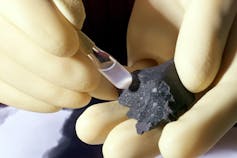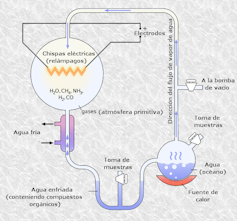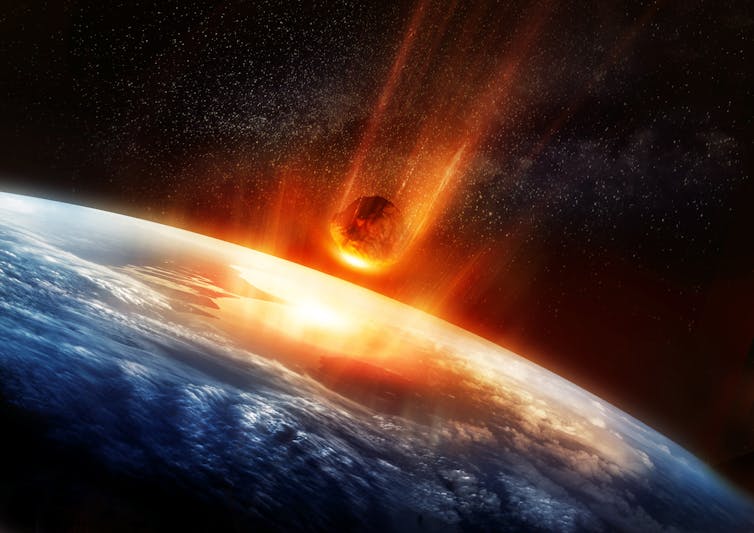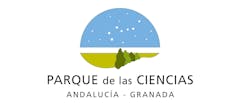How did life begin on Earth?


This article is part of the section Conversation Junior, in which specialists from major universities and research centers answer questions from inquisitive young people aged 12 to 16 years. You can send your questions to tcesjunior@theconversation.com
Question from Nieves, 14 years old. IES Council. Cordoba
The reality is that we don’t know for sure, although there are several theories based on what we know today. This does not mean that, in the face of new discoveries, these hypotheses will be changed in the future.
But before we go back in time to that magical and mysterious moment that happened billions of years ago, we will try to determine what this thing we call “life” is.
What do we mean by life?
We can say that living organisms are born, grow, reproduce and die. Do they have to meet all the requirements? If you don’t reproduce, then you’re not alive? A virus cannot grow or reproduce autonomously, do we consider it a living being?
Biologists understand that the main goal of a living being is to continue to exist, and to do this it must exchange matter and energy with its environment. In other words, the club will include everything that is capable of using elements of the environment for reproduction.
If we want to go deeper into this topic, Nobel laureate Paul Nurse wrote a book called What is life? where he explains in a fascinating and passionate way what it means to be alive.
What are we made of?
Another common characteristic is the “materials” of which we are composed: so-called biomolecules (sugars, lipids, proteins and nucleic acids). They are usually complex and form an organized structure.
If you look closely, most of them are made up of just four elements: carbon, hydrogen, oxygen and nitrogen, with carbon being the basis of our chemical structure. These compounds are also part of inorganic (nonliving) matter, although not in the same proportion.
Do biomolecules form outside of living things?
The answer is yes: they have been found in many natural environments. Although in most cases they come from the degradation of living beings. The most interesting thing is that biomolecules have been discovered on other planets of the solar system, in meteorites and even in some volcanoes.

How do you know that these biomolecules do not belong to other living beings? The answer is a little more complicated. There are molecules made of the same atoms connected by the same bonds, but they are not exactly the same. These are mirror reflections, that is, each of them will be like a mirror image of the other. We differentiate between them because when we shine polarized light on them, some bend the light to the right (D, right-handed) and others bend to the left (L, left-handed).
In biomolecules, this is especially important because enzymes—proteins that facilitate chemical reactions—are very complex and usually only allow for one of two types. For example, sugars in our bodies are mostly made up of D, and amino acids—the “pieces” that make up proteins—are made up of L.
This does not happen with biomolecules that do not come from living things, such as those that originated on other planets or in meteorites that are about half D, half L.
How were organized structures formed?
This is exactly what we don’t know, but we can assume, which is what we scientists like.
The first thing to know is that when life began (about 4.5 billion years ago), the Earth looked very different than it does today. It was a more geologically active planet: the temperature was much higher, the crust changed dramatically, so there were many earthquakes, volcanic eruptions, etc.
The atmosphere was also completely different and consisted of nitrogen, carbon dioxide, hydrogen and methane. Meteorites and comets constantly collided on the surface.

Yasin Mrabet. / Wikimedia CommonsCC BY
Scientists have attempted to recreate these conditions in laboratory experiments and have confirmed that chemical synthesis of small nucleotides and other small organic molecules such as hydrogen cyanide, formaldehyde, amino acids or sugars occurs.
Moreover, experiments by American biochemist Sidney Fox showed that if we mix small proteins with water, they can organize into larger droplets that grow and can break up into smaller droplets similar to the original one. What does this remind us of?
Could life have extraterrestrial origins?
We cannot guarantee that this will not happen. Just as biomolecules were found in meteorites and comets, bacteria or spores could have come from beyond Earth. The problem is that conditions in outer space are very harsh, and ultraviolet radiation and cosmic rays will make it very difficult for them to survive during the journey. But it’s not impossible.

Solarseven/Shutterstock
In science, as a rule, the simplest explanation is the most likely. This is known as Occam’s razor. Therefore, we assume that life formed here, although we still have a lot to learn about this process.
In any case, perhaps today we should focus on caring for the environment and thus prevent the extinction of life as it arose at some point in the coming years.

The interactive museum Parque de las Ciencias de Andalucía collaborates with The Conversation Júnior.